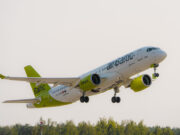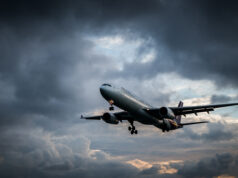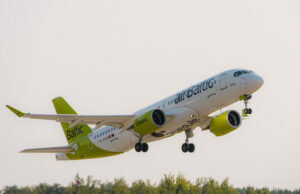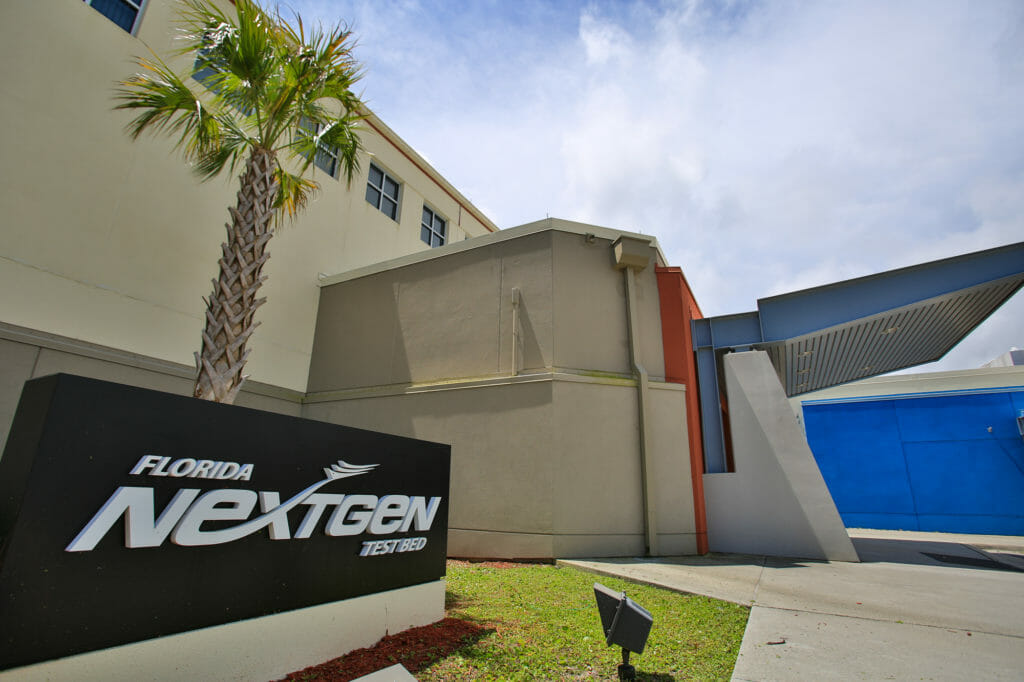
For the past few years, we have been hearing a great deal about “NextGen” from the DOT, FAA and the various industry groups. The Next Generation Air Transportation System (NextGen) is planned as a comprehensive overhaul of the United States National Airspace System (NAS). The FAA sponsored goals are to make our nation’s air transportation system safer, more secure, and increase dependability and reliability through an aggressive upgrade in the air traffic control infrastructure. As with most new technologies, execution of NextGen initiatives have been complex. As end users, pilots are anxious to see tangible results for the millions of dollars that have been invested.
The FAA, in partnership with several major airlines, is working toward building a system which will guide and track air traffic more precisely, allow more efficient flight level planning, save fuel, and reduce noise and carbon pollution.
History of NextGen
Early in 2010, US Airways (now American Airlines) signed an agreement with the FAA to take the lead in developing and demonstrating NextGen technologies within the fleet of Airbus A330 aircraft. Plans were implemented by US Airways Flight Technical Operations to upgrade 18 A330 aircraft with new CDTI (Cockpit Display of Traffic Information) displays, along with myriad avionics upgrades, which would allow the aircraft to begin conducting ADS-B (Automatic Dependent Surveillance – Broadcast) operations. More specifically, the ADS-B In applications utilize the CDTI and other technologies that provide pilots specific traffic information for the intended operation.
At the time, some of the required technology was still in development. It was the job of engineers from the FAA, US Airways, Goodrich Corporation, ACSS and several others, to build a system from the ground floor that, when installed in the aircraft, could begin toward the goal of quantifying the NextGen advantages of ADS-B.
Just imagine
Our flight is enroute from Europe to the United States. Due to a heavy takeoff weight, the aircraft will be limited to an initial North Atlantic track altitude of FL370. After arriving at cruise altitude, and on the track, the flight encounters moderate turbulence. An aircraft 15 nm ahead, on the same track, reports a smooth ride at FL390. At this point our flight is capable of FL390, but due to air traffic separation requirements (many times 60 nm), a higher altitude is not allowed, nor will it be allowed for the entire track, as long as our flight is 15 nm behind traffic.
What if, with onboard equipment, we could guarantee that we will remain safely separated from traffic and could climb, even with same direction traffic 15 nm, 10 nm or closer? That is the future of NextGen with our ADS-B and the ITP (In Trail Procedures) program.
On the other hand, what if you, as a flight crew member, could use your display and onboard equipment to target, lock, and then follow another aircraft from enroute airspace through short final. You spacing and separation would be driven by onboard equipment with the pilot being able to select the distance (in minutes) behind the preceding aircraft. This is the future of NextGen.
What is ADS-B?
Automatic – The signal from the aircraft GPS is broadcast automatically.
Dependent – The position of the aircraft is dependent on an onboard aircraft GPS system.
Surveillance– The system provides a “radar-like” display for air traffic control.
Broadcast – It continuously broadcasts aircraft position and other data to any aircraft, or ground
Far different from radar, which works by bouncing radio waves from fixed ground antennas off of airborne targets and then displaying the targets on an air traffic screen, ADS-B uses conventional GPS technology along with a broadcast system aboard the aircraft. Unlike radar, ADS-B accuracy does not seriously degrade with range, atmospheric conditions, or target altitude; and update intervals do not depend on the rotational speed or reliability of mechanical antennas. With ADS-B, aircraft surveillance is possible anywhere on the globe, whether over the Atlantic Ocean or the North Pole. Air Traffic Controllerssitting at their scopes will be able to provide traffic services to aircraft anywhere on Earth. Most ATC radar antennas return a signal every 12 seconds. For an aircraft flying at 500 knots, this means that the aircraft will move 0.6 nm between returns. ADS-B returns information nearly instantaneously.

In typical applications, the ADS-B capable aircraft uses an onboard aircraft GPS receiver to derive its precise position from the satellite system, then combines that position with several aircraft factors, such as speed, heading, altitude and flight identification (flight ID). This information is then simultaneously broadcast to other ADS-B capable aircraft and to ADS-B ground, or satellite communications transceivers which then relay the aircraft's position and additional information to Air Traffic Control facilities in real time. The many limitations of present ATC radar systems will be eliminated.

The Ins and Outs of ADS-B
ADS-B is actually two separate services: ADS-B In andADS-B Out. ADS-B In pertains to
aircraft that have the advanced avionics and EFB. ADS-B In aircraft will be capable of displaying other aircrafts’ information that includes altitude, identification and category. ADS-B Out broadcast their “own-ship” information. All of AA’s new delivery aircraft are ADS-B Out equipped, but only the A330 fleet will be ADS-B In capable, for the present.
Defining ADS-B
As with most new technological challenging projects, the design teams developed not only new Operations, but a new mix of acronyms.
AGD – ADS-B Guidance Display – is new instrumentation installed on the A330. This instrument displays relevant information from the CDTI (see below) on the forward field of view.
CDTI – Cockpit Display of Traffic Information – provides the flight crew with a display of surrounding airborne and ground traffic relative to own–ship position.
CAVS – CDTI Assisted Visual Separation – CAVS is an application that uses the CDTI to assist pilots in performing visual approaches. The application allows flight crews to follow a preceding aircraft in visual conditions, reducing required separation, and increasing situational awareness and safety.
MERGING AND SPACING (M&S), also referred to as Interval Management (IM) and Flight Interval Management (FIM), M&S is an airborne spacing application that provides the flight deck a command speed to allow an aircraft merge into a common arrival stream and maintain time spacing with a specified lead aircraft from enroute to the terminal area final approach fix (FAF).
ITP – In Trail Procedures – is designed to provide the flight crew with climb or descent information. In this application, pilots may determine whether a climb or descent can be safely accomplished outside radar contact and within the normal ATC spacing requirements. ITP monitors all traffic around the own-ship aircraft and will give guidance as to when a climb or descent can be accomplished.
TTF – Traffic to Follow – lead aircraft in a merging and spacing scenario.
SAMM – Surface Area Movement Management – SAMM function is designed to give the flight crew information relating to own-ship’s position on the airport surface as well as the position of all ADS–B equipped aircraft and vehicles. The SAMM display can supplement (but not replace) the pilot’s out-the-window scan during taxi, takeoff and approach to landing.
Milestones in NextGen
On May 17, 2012, with the FAA, their contractors, and pilot union representatives, US Airways conducted the first combined test of FIM, ITP, CAVS, and a thorough review of SAMM. A newly equipped Airbus A330 was used in the test and an Airbus A321 served as the traffic to follow.
This test flight was part of the requirements from the NextGen initiative from the FAA. The highly successful test was followed by another shorter test flight where the FAA certified the new ADS-B avionics.
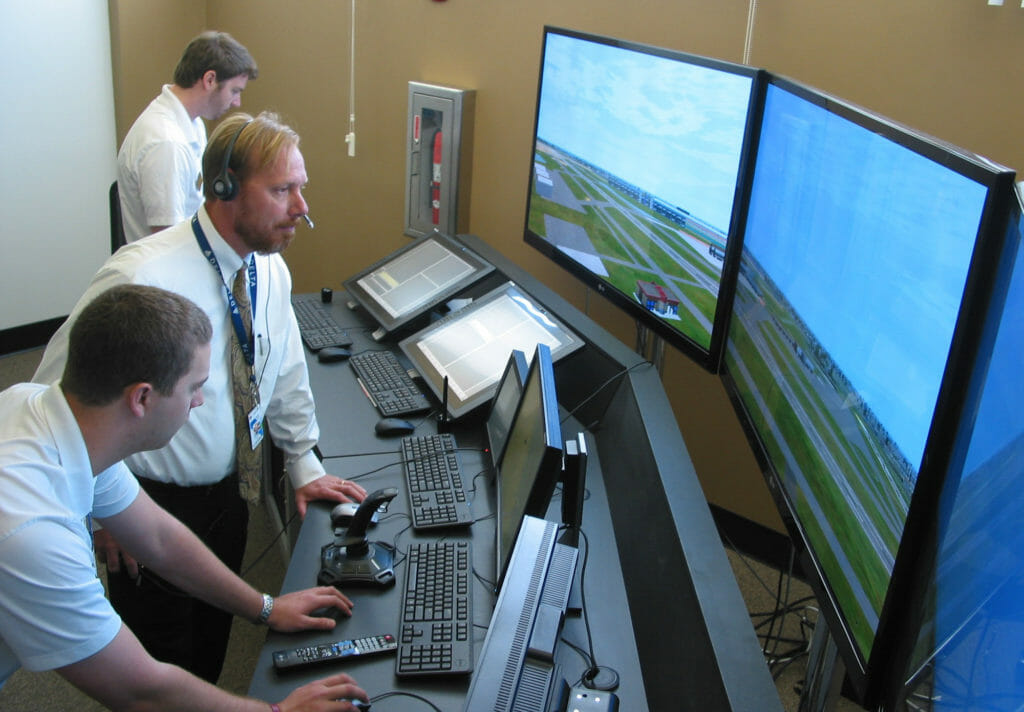
With the introduction of Electronic Flight Bag (iPad) advances in avionics have been incredible over the last few years. The initial installations of the CDTI were large, slow, and cumbersome. Now, the same displays are possible on iPad type displays.“As equipage increases and the FAA proves the concepts, look for monumental leaps in aircraft capabilities. With ADS-B, the limitations of radar will be a thing of the past. Controllers will have full aircraft data on aircraft over the North Atlantic, over the North Pole, actually anywhere the aircraft has access to satellite coverage. This is the future of NextGen. ACN












